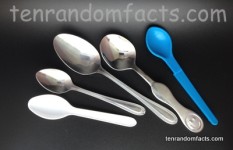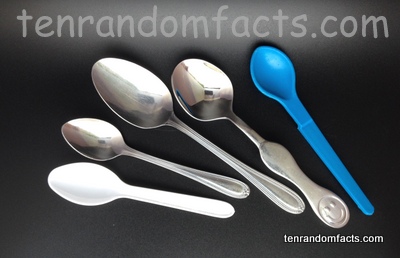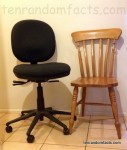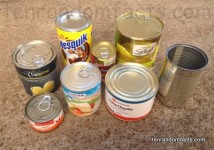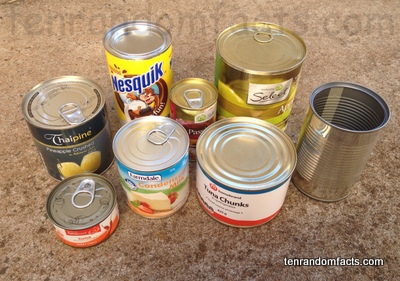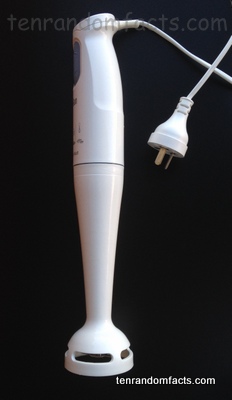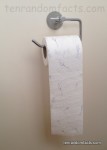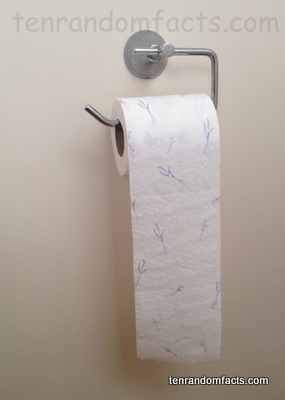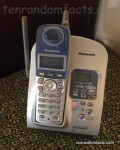
Hear the telephone ring in the morning.
- Telephones are a communication invention, used to transmit sounds from one location to another, and they were a result of improvements on the Morse code-based telegraphic system.
- ‘Telephones’ are also known as ‘phones’, and the term comes from the French word, that has its origins in the Greek words ‘tēle’ and ‘phōnē’, meaning ‘far voice’.
- A telephone typically consists of a ringer that alerts the owner that someone is making an incoming call; a dial or buttons to enter a person’s phone number; and a microphone and earphone, that transmit and receive sounds respectively.
- To transmit sounds, most commonly voices, telephones are required to convert sounds into signals, which are reconverted by the device located at the destination.
- Telephones can be categorised into two main types: landlines; and mobiles; and the former transmit signals via wires and are usually left in one position, while the latter is a portable device and transmits signals via radio waves.
- Many newer portable telephones, or ‘smart phones’ as they are often called, consist of numerous features, including texting, internet and photography capabilities, as well as other applications, and commonly consist of touch screens, however, these phones are continuously being developed so further improvements are likely to occur.
- Numerous people contributed to the telephone invention, although ultimately it was Alexander Graham Bell, from Scotland, who was awarded the first patent for the creation in 1876.
- Six billion people across the globe were registered as telephone users, of landlines and/or mobiles in 2009.
- Landline phones are typically bulkier than their portable counterpart, and generally feature a handle with a microphone and earphone on opposite but symmetrical ends, that is held up to one’s face.
- The American inventor, Elisha Gray, filed a patent for the telephone within hours of Alexander Bell’s patent, and after some dispute, Bell was credited as the inventor of the device.




